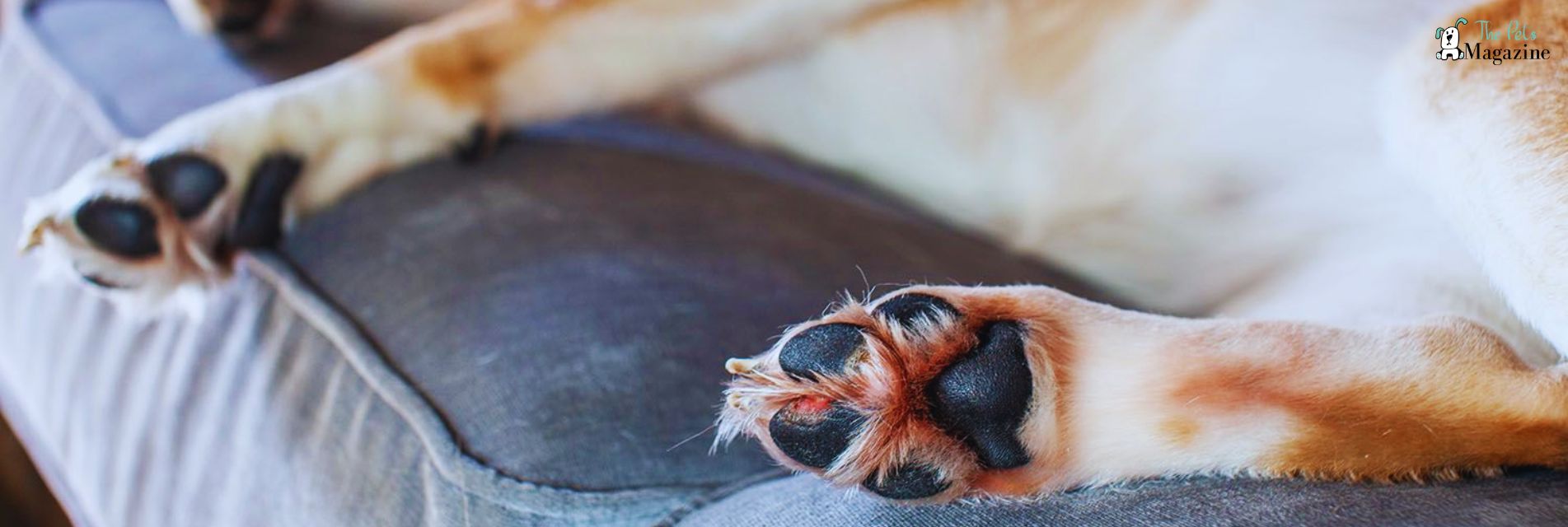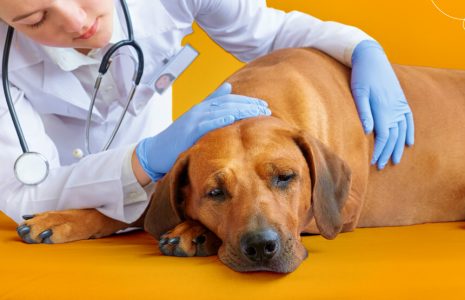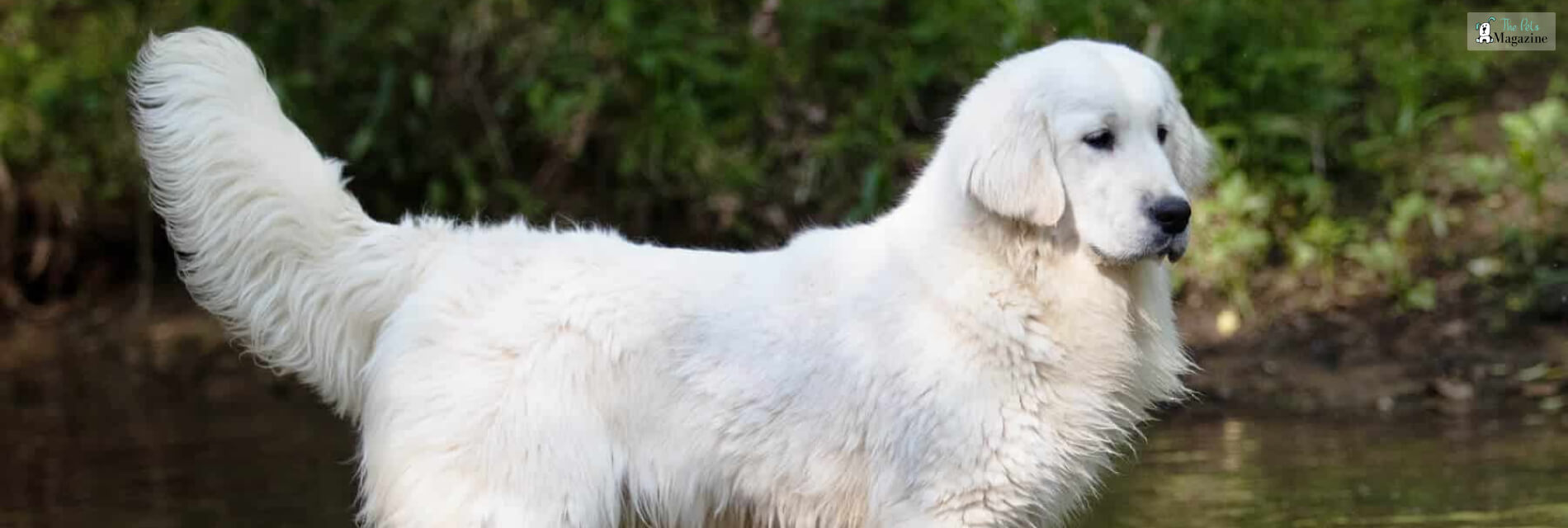The Top Causes And Cures For Red Paws On Dogs: A Complete Guide


Hey there, Is your pup’s paws looking a little red recently? Don’t worry, it’s usually nothing serious, but it’s definitely something you’ll want to get checked out. As a fellow dog lover, I know how worrisome even the smallest health issues can be when it comes to our furry family members.
The good news is there are a few common causes for red paws on dogs and most are easily treated or avoided once you know the culprit. In this article, we’ll explore the top reasons why your dog’s paws may be red and irritated, how to soothe and heal them, and steps you can take to prevent the problem from coming back. With some TLC and the right remedies, you’ll have your dog back to comfortably walking, playing, and prancing in no time.
Common Causes Of Red Paws On Dogs
If your dog’s paws are red and irritated, there are a few possible culprits.
Environmental Allergies
Pollen, mold, and other airborne allergens can irritate your dog’s paws. You may notice redness between the toes or under the paw pads. Wiping down paws after being outside can help, as can allergy medication from your vet.
Harsh Chemicals
Have you cleaned your floors recently or applied any lawn chemicals? Exposure to harsh chemicals like ammonia or chlorine can burn and irritate paws. Rinse your dog’s paws with water and apply a dog paw balm to help soothe and heal.
Hot Surfaces
Ever walk barefoot on hot asphalt or sand? Ouch! The same goes for your dog. Hot ground surfaces can burn paws, especially in summer. Walk your dog in the early morning or evening when temperatures are cooler, and avoid prolonged standing on hot surfaces.
Infection
If paws are very red, swollen, and painful, it could indicate an infection. Bacterial and yeast infections can enter through cracks, cuts or abrasions on the paws. You may notice an unpleasant odor as well. See your vet for an exam, diagnosis, and medication such as antibiotics to clear up the infection.
Allergic Reaction
Sometimes a new food, treat or supplement can trigger an allergic reaction that leads to red, itchy paws. If your dog’s paws became red and irritated shortly after trying something new, it’s likely an allergic reaction. Stop giving the new item and call your vet. They may prescribe antihistamines or steroids to reduce inflammation and relieve discomfort.
Keeping a close eye on your dog’s paws and being proactive can help determine the cause of redness and get your pup back to full foot comfort quickly. If symptoms persist or seem severe, don’t hesitate to consult your vet.
Diagnosing The Underlying Issue
If your dog’s paws are red, irritated, and inflamed, it’s time to do some detective work to figure out the underlying cause.
It could be a skin infection, like a bacterial infection or yeast overgrowth. You may notice an unusual odor, excessive licking or chewing, scaly or crusty skin, or pustules. A vet can examine a skin swab to determine if infection is present and prescribe medication. To prevent reinfection, be sure to thoroughly wash and dry your dog’s paws after walks.
Allergic dermatitis is another possibility. Maybe your dog is allergic to something in the environment, like pollen, dust mites, or mold. Or maybe it’s a food allergy or sensitivity. Antihistamines can provide relief from environmental allergies, while a diet trial may help determine if a food is the culprit.
Irritation from harsh chemicals, salt, or hot pavement could be to blame. Rinsing or soaking your dog’s paws and applying a soothing balm may help. Be very careful walking your dog on hot days, and avoid harsh de-icing salts.
Certain health issues like hypothyroidism or Cushing’s disease may also cause red, irritated paws. Blood tests can determine if an underlying condition requires treatment.
By examining your dog’s paws and medical history, your vet can get to the root of the redness and recommend an appropriate treatment plan. With the proper diagnosis and care, your dog’s paws can heal and stay healthy for the long run.
Treating And Preventing Red, Irritated Paws
Once you’ve determined the cause of your dog’s irritated paws, it’s time to get them on the road to recovery. Here are some tips for treating and preventing sore, red paws on dogs:
Clean And Treat The Paws
Gently wash your dog’s paws with a dog shampoo or mild soap and warm water to remove any irritants. Apply a dog paw balm, wax, or petroleum jelly to moisturize and soothe the paws. Look for balms containing shea butter, jojoba oil, beeswax, and vitamin E. You can also apply hydrocortisone cream to help with inflammation.
Protect The Paws
Dog booties or dog paw pads can protect injured paws from further irritation. They provide a barrier between the paws and the ground. Booties may feel strange at first, so acclimate your dog slowly.
Limit Time Outside
Keep your dog inside as much as possible while their paws heal. Only take them out for short bathroom breaks. The less time their paws are in contact with potential irritants, the faster they can heal.
Change Diet (If Needed)
If food allergies are contributing to your dog’s irritated paws, your vet may recommend a diet change or elimination trial. Hypoallergenic dog food options are available.
See A Vet If Needed
See your vet if your dog’s paw irritation is severe or does not start to clear up within a week. They can provide oral medication or antibiotics if an infection is present. They can also help determine if an underlying condition like an autoimmune disease requires treatment.
With time and proper care, your dog’s red, irritated paws should start to heal and return to normal. Sticking to a regular paw care routine can help prevent future flare-ups and keep their paws healthy and happy.
Keeping your dog’s paws clean and moisturized, avoiding harsh chemicals, and protecting them from extreme heat or cold will go a long way toward preventing irritation and inflammation. If the redness persists for more than a couple of days or is accompanied by other symptoms, it’s best to have your vet examine your dog’s paws to determine the underlying cause and recommend treatment. Your dog’s paws deserve tender loving care, so be diligent and get them back to tip-top shape. With time and patience, you’ll get your dog’s paws back to their usual shade in no time.









All Comments
11 December, 2023
Not only are you a very accomplished blogger, but this is also really interesting. I have subscribed to your feed, and I very much look forward to reading more of the excellent stuff that you produce.
Reply
8 June, 2024
Wow Thanks for this guide i find it hard to search for great details out there when it comes to this subject material thank for this blog post website
Reply